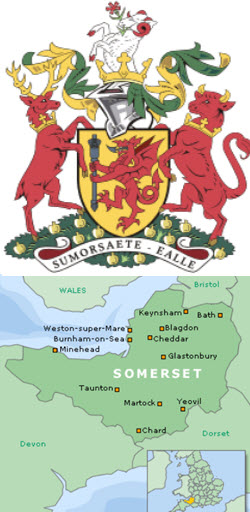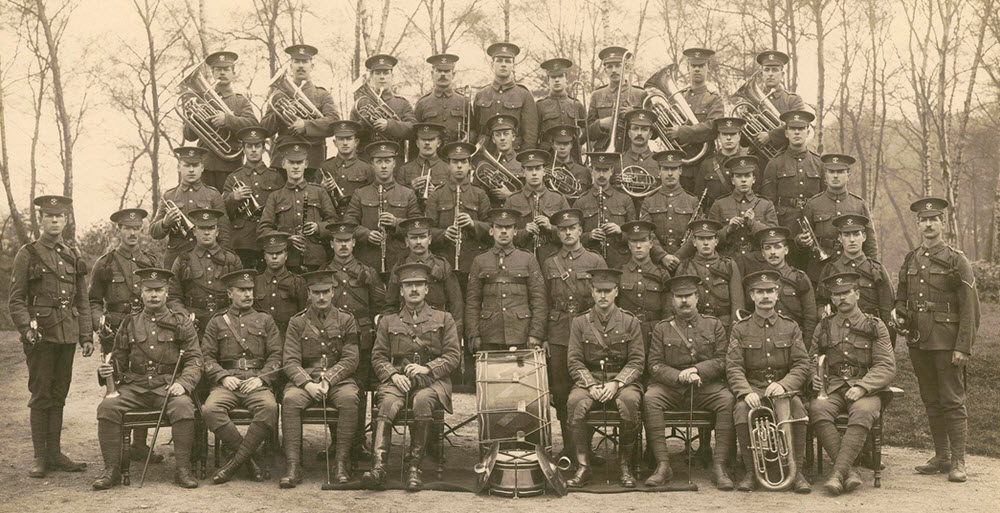The Historical Significance of Warwick Castle
Warwick Castle, located majestically on the banks of the River Avon in central England, serves as a striking example of medieval military architecture. This iconic structure has been integral to Britain’s storied past. Its origins date back to 1068 when William the Conqueror ordered the construction of a wooden motte-and-bailey castle. As time progressed, it was transformed into a more durable stone fortress. The castle’s strategic position and its architectural robustness highlight the crucial role such fortifications played in British military history.
Evolution of Defensive Architecture
The architectural design of Warwick Castle has undergone various modifications that reflect the evolution of military needs and technologies. In the 12th century, the castle was significantly fortified, with stone replacing the initial wooden structure. This transition marked a step forward in defense technology, as stone provided more resilience against the siege tactics common during that period. Important defensive components, such as barbicans (fortified gateways), strategically placed arrow slits for archers, and murder holes (openings allowing defenders to launch attacks on besiegers), were integrated into the castle’s design. These features illustrate the continuous advancement in military architecture and defensive strategy during the medieval era.
Role in Military Conflicts
Warwick Castle’s history is deeply intertwined with a multitude of military conflicts, reflecting its importance in British political and martial affairs. During the Wars of the Roses, a series of dynastic conflicts for control of the English throne, the castle emerged as a significant stronghold under the Neville family, chiefly under Richard Neville, the Earl of Warwick. Known as the “Kingmaker,” Neville played a pivotal part in these conflicts, leveraging the castle’s fortified defenses and strategically advantageous location to assert his influence. The Wars of the Roses underscore Warwick Castle’s role as both a bastion of resistance and a site of power during times of national turmoil.
Fortresses as Symbols of Power
Apart from their primary function as military fortifications, castles like Warwick often symbolized noble authority and wealth. The grandiosity of such castles was manifest in their impressive towers and richly decorated living quarters. The extensive grounds further signified the power and influence held by those who resided within. At Warwick Castle, the splendor of the Great Hall and the elegant residential areas not only facilitated defense but also provided luxurious domestic spaces, reflecting the duality of castles as both military and residential edifices.
Legacy and Preservation
Currently, Warwick Castle is preserved as an important historical site, attracting numerous visitors who are eager to immerse themselves in the atmosphere of medieval England. The maintenance of the castle ensures that it continues to serve as a valuable educational resource, offering insights into the architectural and strategic military advancements of its time. These preservation efforts aim to enable future generations to learn from and appreciate the rich history encapsulated within Warwick Castle’s walls.
Enthusiasts interested in delving deeper into the captivating narrative of Warwick Castle can find a wealth of resources and guided tours available on Warwick Castle’s official site. These resources provide a thorough understanding of the castle’s historical significance, enhancing the appreciation of its architectural and military heritage.



